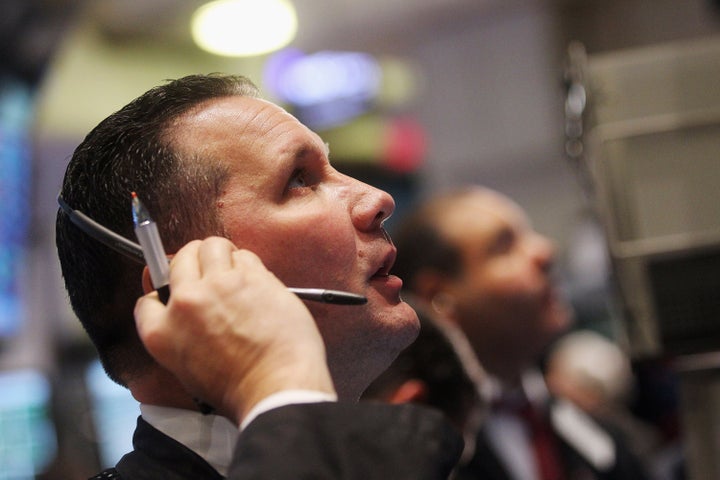
The U.S. economy is finally rising above its pre-recession level, but the growth may still not be fast enough to spur a robust recovery.
After 18 months of recession, followed by a sluggish recovery, the value of the U.S. economy has surpassed its pre-recession level, Bloomberg reports. Last quarter the economy grew at a pace of 2.5 percent, allowing GDP to grow to $13.35 trillion, just exceeding the pre-recession high of $13.33 during the last quarter of 2007, according to Commerce Department data in the Bloomberg report.
It took 45 months for the U.S. economy to pass that benchmark -- three times longer than the average time it took for 10 previous recessions, according to Bloomberg. Stubbornly high unemployment, inconsistent growth and volatile market activity may be partly to blame for the longer-than-usual wait time for the economy to get back to pre-bust levels. Making matters worse, the housing market entered a double-dip earlier this year and though the latest numbers on the housing market indicate an uptick in prices, the future remains bleak.
For some, news of the U.S. economy's steady growth, has dispelled worries following the second quarter's poor GDP growth of 1.3 percent. Since nine of the past 11 recessions have been preceded by a GDP growth of 1 percent or less, many feared that rather than expansion, the third quarter would see the U.S. economy back in the dumps.
Equity markets have seen a boost in recent days indicating that investors may be getting more confident in the economy's prospects. The Dow Jones Industrial jumped 339.51 points Thursday, to close above 12,000 points for the first time since August, buoyed in part by the latest European deal to mitigate its debt crisis.
Still, cautious optimism may remain the best to approach to the economy's future. According to the New York Times, renowned economist Nouriel Roubini, whose pessimism has earned him the nickname "Dr. Doom," estimates last quarter's growth will eventually be revised down closer to the dreaded 1 percent.
The third quarter's growth was largely driven by consumer spending, according to Reuters. But serious doubts remain as to whether consumers will continue to spend at that level. With incomes declining and 14 million Americans out of work, consumers derived their spending power last quarter by saving less, the New York Times reports. Indeed, the September personal savings rate was at its lowest since December 2007, as consumer confidence hit an all-time non-recession low.
